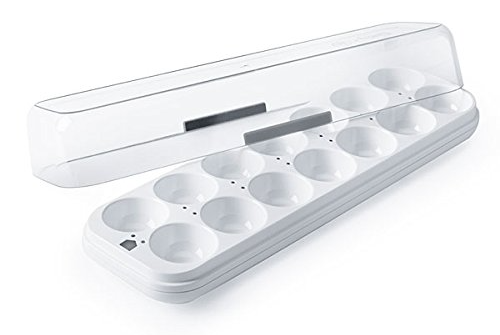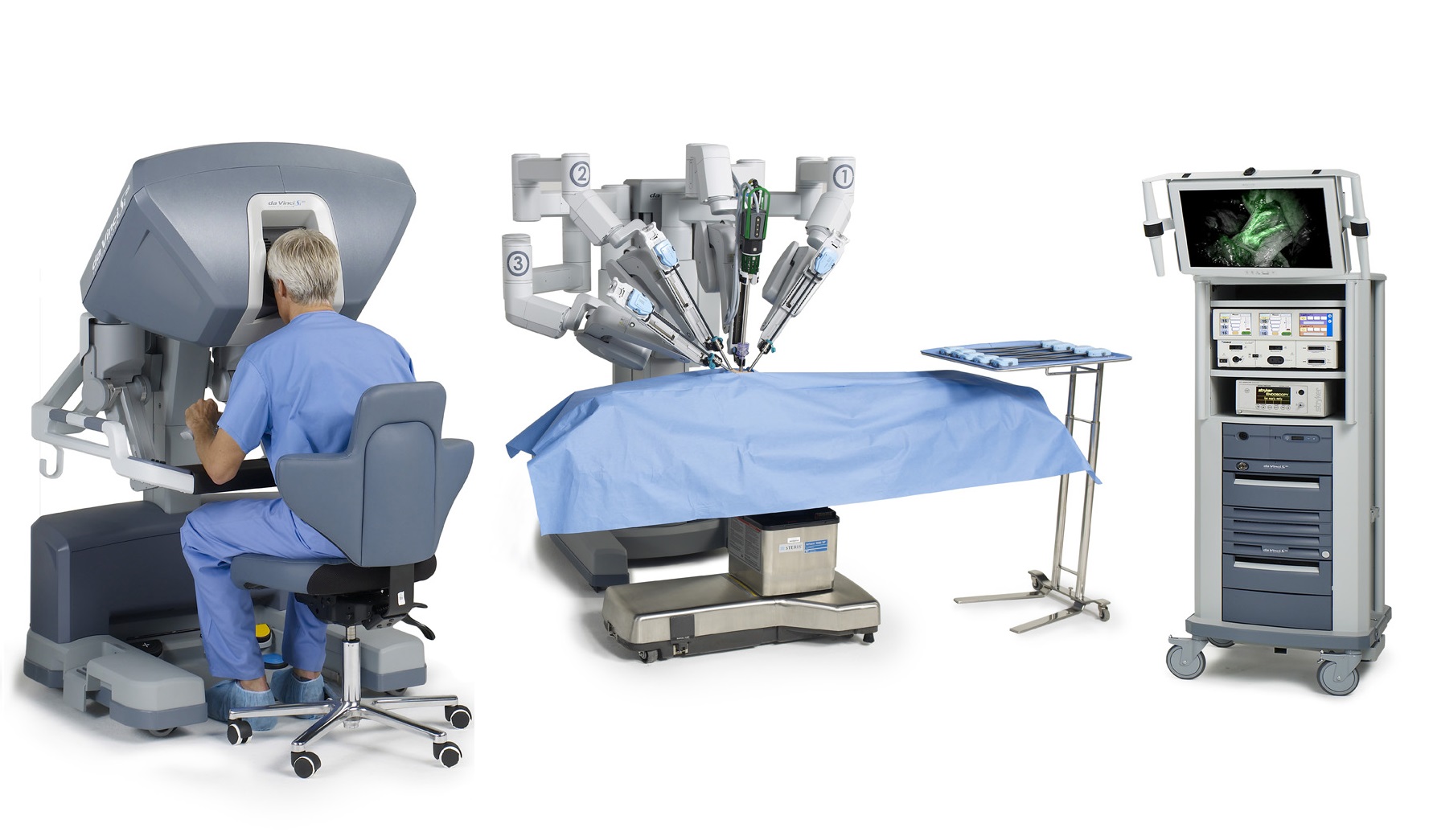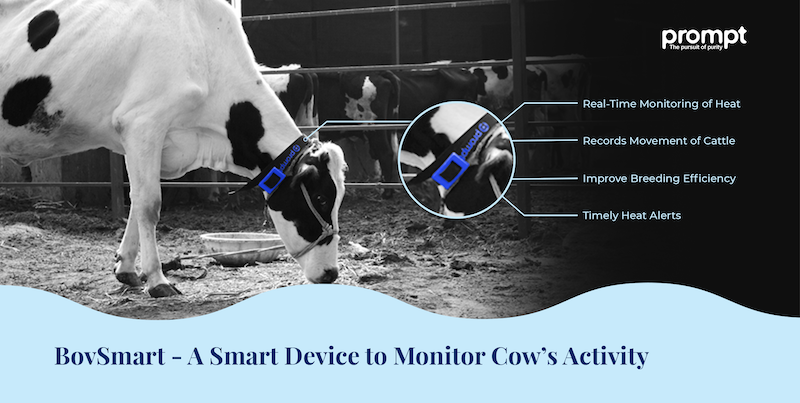A little while ago I took it upon myself to dig a little deeper into the world of the Internet of Things (IoT) to better understand some of the niggling questions I had in the back of my mind. I thought I’d use this post to talk about some of the applications of IoT, but the next post will be on connectivity, and more specifically talking about how 5G helps.
Applications for IoT
In 2017, the number of devices connected to the internet ticked over the size of the human population, 8.4 billion. Today that number sits closer to 30 billion (in 2020) and it’s looking like a steady ~30% increase every year. How did we get here? Sure, almost half the human population has a smart phone (~45%) but what about the other devices? Watches, eReaders and fitness trackers. TVs, fridges and microwave ovens. Thermostats, speakers and video doorbells. Egg trays. Wait what? Yes, an egg tray that connects to your WiFi and lets you know how many eggs you have left and if they’ve expired now exists (the reviews are entertaining). And that’s only in the home. Industry is all over IoT.

Medicine / Health
We’re all quite familiar with things in the personal health space, fitness trackers are becoming more fashionable than inside out Adidas sweaters from the 80s. They can track steps, heart rate, blood oximetry levels, sleep quality. My current one even attempts to give me an idea of my current stress levels.
But patient care is a big space and is quite ready to adopt new technology to improve the gathering of data on patients. Especially for those more at risk, such as the elderly. Having devices to track their vitals and other stats means they don’t have to make painful or costly visits to a health professional unnecessarily. Remote (or telesurgery) is still experimental but will presumably become more common in the future. Hospitals are also starting to install beds which can give health professionals an early indication if breathing or heart rates are not as expected.

Transportation
Yes we’re all well aware of Teslas and other autonomous cars that can talk to each other and have internet connectivity so the kids can watch Spongebob instead of asking “Are we there yet?”. But the transportation network is a lot more ‘things’ than just cars.
Toll collection is an obvious one. We’ve gotten past toll collectors waiting for drivers to toss them coins, instead using RFID devices now. But every step makes the whole approach a little more granular, enabling the road maintainers the ability to charge drivers more precisely on how much of the road they use.

Traffic lights are also becoming smarter thanks to city wide connectivity that can communicate traffic congestion better and reduce the time drivers are waiting. Initial studies point to a 40% reduction in wait times and a 25% drop in travel time. There’s also traffic lights that turn red when they sense an approaching driver that’s speeding. It’s being trialled in the UK and is already quite common in Spain and France apparently.
Not to mention safety - more sensors means more data with which to decide if there’s something unsafe that needs to be looked at. This could be broken down cars on the side of the road, or an accident. It could be temperature and air pressure sensors for tyres. Or even detecting when things are failing or simply need maintenance, preventing accidents or even extending the lifetime of things when maintenance is not required.
Production and Agriculture
And these are all things we already own. How about things we haven’t even bought yet? Asset tracking combined with control systems for manufacturing mean everything is getting tagged and tracked the second it gets produced. Enabling manufacturers to get a good overview of their inventory from production all the way to the consumer, tracking where they’ve been, for how long, how they’ve been handled and at what temperatures.

And this isn’t limited to inanimate objects, farmers are also better able to track their livestock. Special collars attached to cows can now prevent a lot of problems cattle farmers have with their herd. GPS tracking tells them where they are if they get lost. Temperature sensors can let them know if the ambient temperature for the cows is too hot or cold. And speaking of heat, based on the movement data, software can also let farmers know when cows are in oestrus and it’s time to call in the bull.
Impacts of IoT
A lot is spoken about the impacts of AI in the tech world. The recently released GPT-3 which is used for Natural Language Generation is already generating code for websites according to simple statements and is making better tweets than at least half of the Twitter community. And when the Singularity gets here it will of course be the single biggest impact we’ve brought about on the world.
But I think in the near future, IoT is also going to have a tremendous impact. And yes it’s true that it’s hard to separate the two. Most things connected to the internet today have some ‘smarts’ of their own, even if it is making simple decisions like whether a traffic light should turn red or not. I suppose the big distinction is on, who is making the decisions, an AI or a human? And for now, I think there’s an immense amount of data we can be gathering from sensors in a lot of things, where humans are still making the decisions.
Ignoring privacy concerns for a second, consider the world of insurance and what data collection will mean there. Dash cams in cars are already widespread. And there are insurers that are already experimenting with apps you can run on your phone which record your driving and let them know whether you’re a safe driver or not. If you drive unsafely, you’ll pay the penalty with a higher premium, encouraging everyone not to speed and take their time in traffic. And this can extend to so many other things as well, health insurance, home and contents insurance. Sure, there are plenty of potential downsides to this too, but I feel like most fears of changes like these usually turn out to be unwarranted.
